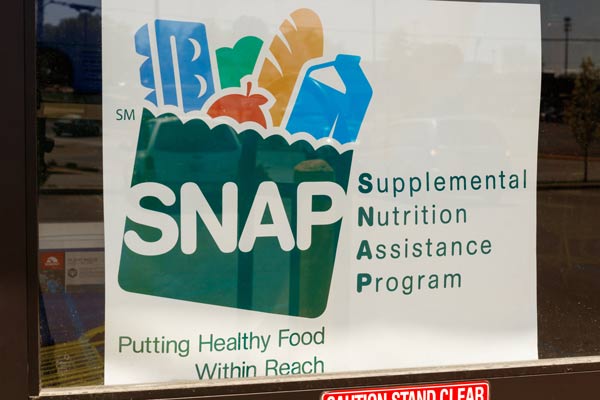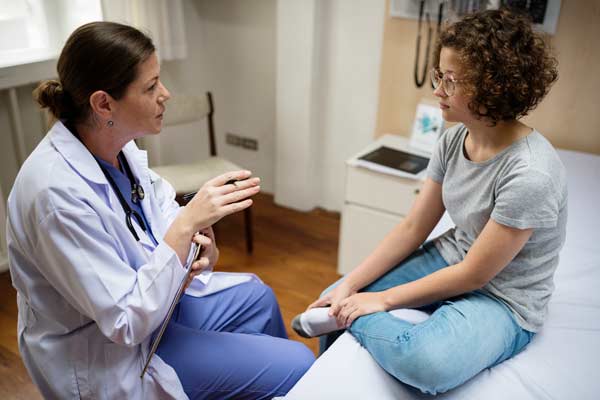Food insecurity is a pervasive and serious issue facing the entire country, but no state is more familiar with hunger than Mississippi. For the past eight years, Mississippi has been the hungriest state in the country. Currently, there are 600,000 people, 20% of the population, in the state that are considered to be food insecure, including 1 in 4 children. It is estimated that the state would need $300 million more per year to be able to meet the state’s need. This creates an overall food insecurity rate of 22% with 34 of Mississippi’s 82 counties having a food insecurity rate higher than 22%.
At the county level, Mississippi also has the highest rates of food insecurity in the nation. Issaquena County has a food insecurity rate of 40%, while Jefferson County has a 36% food insecurity rate. There are more people that are food insecure in Hinds County (61,000) than the entire state of North Dakota (55,000). As is the case with the entire country, food insecurity rates are much higher in Mississippi’s rural areas than they are in urban areas due to the lack of resources to be able to attain food. Rural counties in the South that have a population of 20,000 or more that are not near metropolitan areas have a food insecurity rate of 18%, while urban counties in the Northeast region of the country have only a 10% food insecurity rate.
Counties that have the highest rates of food insecurity will have similarly high indicators of poverty and unemployment. Despite already being the hungriest state in the country, Mississippi is also the poorest state. Fifty of the 82 counties in the state are considered to be in persistent poverty, which is defined as having a poverty rate of 20% or more and maintaining that rate for over 30 years. Having consistently high rates of poverty means that consumers are not able to buy healthy food, and are unlikely to own a vehicle that can get them to buy the food. For many Mississippians, the most convenient way to buy food on a day-to-day basis is to buy junk food from the local convenience stores, due to the total lack of grocery stores made available in the state. The food eaten by Mississippians is often cheap and has minimal nutritional value. Issaquena County, for instance, does not have a single grocery store.

In order to be able to receive SNAP benefits, residents of Issaquena County have to travel to surrounding counties to buy food due to the total lack of stores that accept the benefits. Only 5% of SNAP transactions by Issaquena County residents occurred within the county. Holmes County is 765 square miles, but there are only 4 grocery stores, causing 1 in 4 residents to travel 10+ miles just to use their benefits. The United States Department of Agriculture stated in 2015 that half of the people that have food stamps in the country do not have access to transportation.
From the lack of public transportation and financial ability to acquire a vehicle, counties in Mississippi such as Issaquena suffer from serious economic loss due to citizens having to redeem their SNAP benefits outside of the county. Another factor that makes attaining SNAP benefits more difficult is the cutoff salary limit. Thirty-percent of citizens struggling from food insecurity earn too much money to be able to qualify for SNAP. The cutoff salary to be able to qualify for SNAP is $15,000 or 130% of the federal poverty line.
The Supplemental Nutrition Program for Women, Infants, and Childen (WIC) are also difficult to access due to Mississippi having state-run distribution centers instead of just handing out electronic benefits transfer cards that allow citizens to use them at grocery stores. Ninety-percent of Mississippi’s counties have just one distribution center, which greatly burdens those who are unable to afford transportation. This then creates what is called a food desert, which is when an area has a poverty rate above 20% and more than 33% of the population living over a mile from the closest possible supermarket.

Food insecurity is even worse for Mississippians who are members of marginalized racial and ethnic groups. Mississippi, like many southern states, still bears the scars inflicted by slavery. Jesymn Ward, a National Book Award-winning author from Mississippi summarized the problems African Americans in the state in a piece she wrote for The Atlantic:
“Racist sentiment is built into the fact that the state government squeezes the funds for public schools, which might technically be desegregated but remain very segregated because the whites who have the money send their children to private schools. Built into the fact that Mississippi has the highest rate of child poverty in the nation and some of the lowest test scores. Built into the fact that Medicaid provides health insurance for more than 50% of children in the state and many senior citizens as well and yet our public officials repeatedly vote to deprive the program of resources, to shrink coverage.”
Areas in Mississippi that’s are without access to food are more likely to be by populated by African Americans, Hispanics, and other ethnic groups. Of the 670,000 recipients of SNAP in Mississippi, 61% are African American. Of the 63 counties that are considered to be food deserts in Mississippi, 31 of the counties have a population of African Americans of over 40%, with 22% of the counties having an African American population of 50%. Counties mentioned before such as Holmes, Issaquena, and Jefferson have populations where in which one-third of the citizens suffer from food insecurity. These populations happen to be between 74 and 86% African-American.
With the highest rates of poverty in the country, restrictions that deny access to benefits, high health care costs, lack of grocery stores, the lack of nutritional food available, the institutional racism that negatively affects marginalized racial groups, it is easy to see why Mississippi suffers from food insecurity and poverty more than any other state in the nation.
